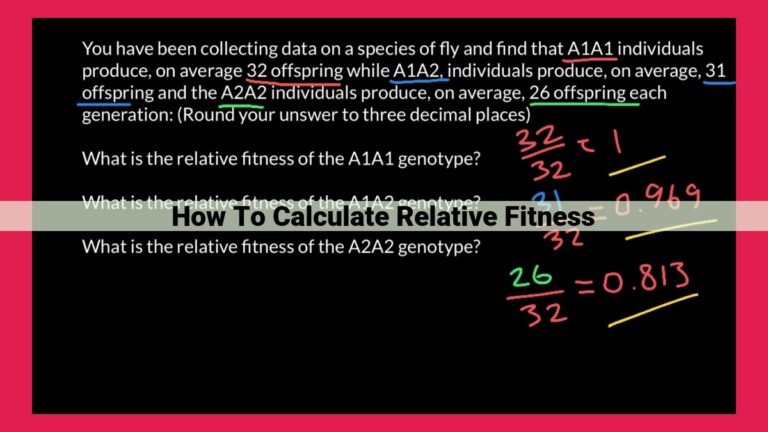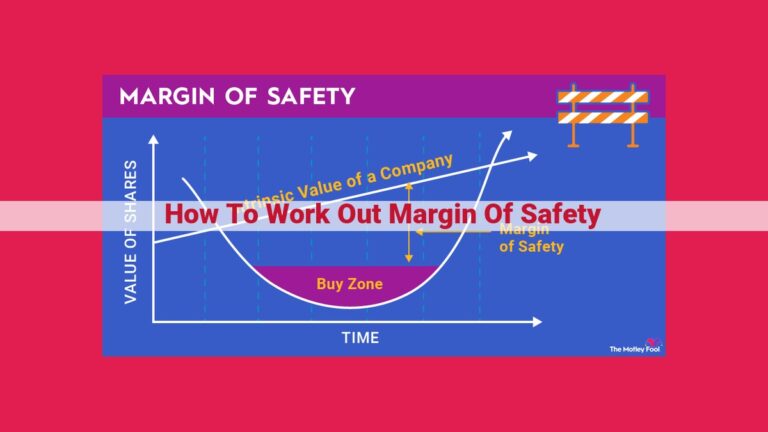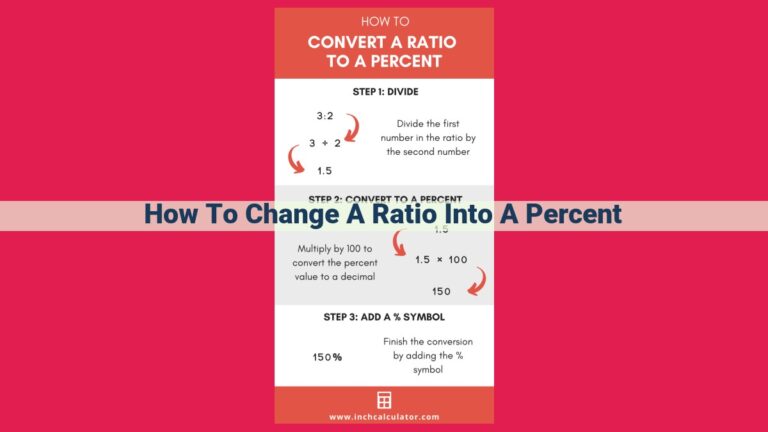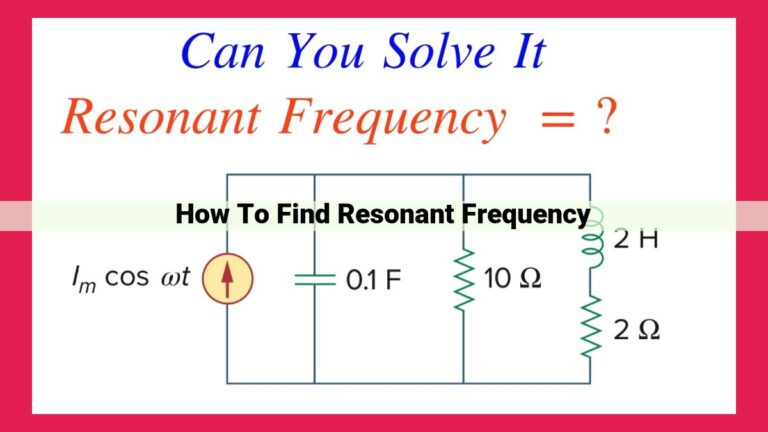Quantifying Target Analytes: Unveiling The Importance Of Percent Recovery In Analytical Chemistry

Percent recovery is a fundamental parameter in analytical chemistry, indicating the efficiency of an analytical method in extracting and quantifying the target analyte. It is calculated by dividing the recovered sample amount by the original sample amount and multiplying by 100. Percent recovery provides insights into the accuracy and precision of the method, helping researchers assess its reliability. Factors influencing recovery include sample matrix, extraction techniques, instrument calibration, and detection limits. Spike recovery experiments are often used to validate methods by adding known amounts of analyte to samples and determining the percent recovery.
Understanding Percent Recovery: A Key Metric in Analytical Chemistry
In analytical chemistry, percent recovery plays a crucial role in assessing the efficiency and accuracy of analytical methods. It’s a measure of how much of the analyte (the target substance being analyzed) is recovered from the sample throughout the analytical process.
Significance of Percent Recovery
High percent recovery values indicate that the method is efficient in extracting and quantifying the analyte. It confirms that the sample preparation, extraction, and detection steps are working effectively.
Importance for Method Validation
Percent recovery is a key parameter in method validation, which ensures that analytical methods meet specific performance criteria. Acceptable percent recovery ranges are typically established to ensure the reliability of the results.
Key Concepts in Percent Recovery
- Percent Found: The amount of analyte measured in the sample.
- True Value: The actual amount of analyte in the original sample.
- Experimental Value: The amount of analyte recovered after the analytical process.
- Analyte: The substance of interest being analyzed.
- Original Sample Amount: The initial amount of sample taken for analysis.
- Recovered Sample Amount: The amount of analyte recovered after the extraction and detection process.
Key Concepts in Percent Recovery
In the realm of analytical chemistry, understanding percent recovery is paramount to gauging the effectiveness and accuracy of your analytical methods. This concept revolves around several crucial terms:
-
Percent found: This is the amount of analyte that you detect in your sample after performing the analytical procedure.
-
True value: This represents the actual concentration or amount of analyte present in your sample. It serves as the benchmark against which you compare your experimental results.
-
Experimental value: This is the concentration or amount of analyte that you determine through your analytical method. It’s the observed value that you obtain from the analysis.
-
Analyte: This is the specific substance whose concentration or amount you’re measuring. It’s the target of your analytical method.
-
Original sample amount: This is the initial amount or volume of your sample that you start with before performing the analysis.
-
Recovered sample amount: This refers to the amount or volume of analyte that you measure after extracting and processing your sample.
These key concepts form the foundation for calculating percent recovery, which provides valuable insights into the performance of your analytical methods.
Calculating Percent Recovery in Analytical Chemistry
In analytical chemistry, determining the accuracy of experimental methods is crucial. Percent recovery plays a vital role in assessing the efficiency and reliability of these methods. This metric reflects the proportion of the analyte (target substance) that is successfully recovered from the sample and detected during analysis.
The formula for calculating percent recovery is:
Percent Recovery = (Percent Found / True Value) x 100
where:
- Percent Found: The experimentally determined amount of analyte expressed as a percentage of the original sample amount.
- True Value: The actual or known amount of analyte present in the sample.
Example Calculations
Let’s consider a situation where you want to determine the percent recovery of lead in a soil sample. You extract a portion of the soil and analyze it, obtaining a result of 25 ppm lead. The true value of lead in the soil is known to be 30 ppm.
Step 1: Calculate Percent Found
Percent Found = (25 ppm / 100 ppm) x 100 = 25%
Step 2: Calculate Percent Recovery
Percent Recovery = (25% / 30%) x 100 = 83.33%
Therefore, the percent recovery of lead in the soil sample is 83.33%, indicating that approximately 83% of the lead present in the sample was successfully recovered during analysis.
Factors Influencing Percent Recovery
Understanding the various factors that influence percent recovery is crucial for optimizing analytical methods and ensuring accurate results. Let’s explore three key factors:
Matrix Effects and Sample Preparation Techniques
The matrix of a sample refers to the complex mixture of components besides the analyte of interest. Matrix effects can significantly impact percent recovery. Complex matrices can interfere with extraction, detection, or both.
Sample preparation techniques aim to isolate and extract the analyte from the matrix. Different techniques have varying efficiencies, which can affect percent recovery. For example, solid-phase extraction selectively binds the analyte to a solid support, removing it from the matrix.
Extraction Methods and Efficiency
The extraction method used can significantly impact percent recovery. Different methods offer different extraction efficiencies, meaning the percentage of analyte successfully extracted from the sample. Factors like solvent selection, extraction time, and temperature play a crucial role in efficiency.
Liquid-liquid extraction involves shaking a sample with immiscible solvents to separate the analyte. Solid-phase microextraction uses a fiber coated with a sorbent to extract the analyte from a liquid or gas sample. The efficiency of these methods depends on the analyte’s solubility, the solvent polarity, and the sorbent’s affinity for the analyte.
Instrument Calibration and Detection Limits
Instrument calibration ensures the accuracy of analytical measurements. Calibration standards of known analyte concentrations are analyzed to establish a linear relationship between the instrument’s response and the analyte concentration. Poor calibration can lead to incorrect percent recovery values.
Detection limits refer to the lowest concentration of an analyte that can be reliably detected. When the analyte concentration in the sample falls below the detection limit, percent recovery calculations can become unreliable.
By understanding and optimizing these factors, analysts can ensure accurate and reliable percent recovery values, critical for assessing the performance of analytical methods and obtaining meaningful analytical results.
Accuracy and Precision of Percent Recovery
In the realm of analytical chemistry, percent recovery plays a crucial role in assessing the accuracy and precision of analytical methods. Accuracy refers to the closeness of a measured value to the true value, while precision measures the consistency of measurements.
Percent error is the difference between the measured value and the true value, expressed as a percentage. High percent error indicates low accuracy, while low percent error signifies high accuracy.
Various factors can contribute to errors in percent recovery. Matrix effects and sample preparation techniques can alter the analyte’s behavior, affecting its recovery. Extraction methods and their efficiency also influence the amount of analyte recovered. Finally, instrument calibration and detection limits can introduce errors if not properly controlled.
To minimize these errors, it’s essential to:
- Use appropriate sample preparation techniques to eliminate interferences and ensure a clean sample matrix.
- Optimize extraction methods for maximum analyte recovery.
- Calibrate instruments regularly and ensure they are operating within their optimal range.
- Use validated analytical methods with established accuracy and precision.
- Replicate measurements to assess precision and identify any potential outliers.
By addressing these factors, analysts can improve the accuracy and precision of their percent recovery measurements, leading to more reliable and trustworthy analytical results.
Spike Recovery Experiments: Validating Analytical Methods
In analytical chemistry, ensuring the reliability of our measurement techniques is paramount. One way to do this is through spike recovery experiments.
Spike recovery involves adding a known amount of the target analyte to a sample. The sample is then analyzed, and the percent recovery is calculated. This value tells us how much of the added analyte was recovered during the analysis.
Calculating Percent Recovery in Spike Recovery Experiments
The formula for calculating percent recovery is:
Percent Recovery = (Amount Recovered / Amount Added) x 100%
Significance of Percent Recovery
A percent recovery of 100% indicates that all of the added analyte was recovered. This suggests that the analytical method is accurate and efficient. Deviations from 100% may indicate errors in the method, such as:
- Incomplete extraction
- Matrix effects
- Instrument calibration
Applications of Spike Recovery
Spike recovery experiments have numerous applications in analytical chemistry, including:
- Validating analytical methods: By performing spike recovery experiments at different concentrations, we can assess the linearity, accuracy, and precision of the method.
- Optimizing extraction and detection protocols: Spike recovery experiments can help identify the most efficient sample preparation and detection methods for a given analyte.
- Troubleshooting method performance: If a method is not performing as expected, spike recovery experiments can help isolate the source of the problem.
Spike recovery experiments are a valuable tool for ensuring the reliability of analytical methods. By adding known amounts of analyte to a sample and measuring the percent recovery, we can assess the accuracy and efficiency of our techniques. This information can then be used to optimize the method and troubleshoot any problems that may arise.
Applications of Percent Recovery
When it comes to analytical chemistry, accuracy and reliability are everything. Percent recovery provides a crucial metric for assessing the performance of your analytical methods. As we’ve explored in previous sections, calculating percent recovery helps you determine how efficiently your method extracts and detects the analyte of interest. But beyond its theoretical significance, percent recovery has a myriad of practical applications that empower you to optimize your analytical protocols.
Assessing the Reliability of Analytical Techniques
Percent recovery serves as an indicator of the reliability of your analytical techniques. By conducting recovery experiments, you can evaluate the accuracy and precision of your method. For instance, if you achieve a percent recovery consistently close to 100%, it suggests that your method is providing reliable results. Conversely, significant deviations from 100% may indicate issues with your extraction, detection, or sample preparation techniques.
Optimizing Extraction and Detection Protocols
Percent recovery plays a vital role in optimizing your extraction and detection protocols. By experimenting with different extraction solvents or detection parameters, you can determine which conditions yield the highest percent recovery. This knowledge allows you to fine-tune your methods to maximize the efficiency and accuracy of your analyte extraction and detection.
Troubleshooting and Improving Method Performance
Percent recovery is an invaluable tool for troubleshooting and improving the performance of your analytical method. When you encounter unexpected or unsatisfactory results, calculating percent recovery can help you pinpoint the source of the issue. Whether it’s matrix effects, contamination, or instrument calibration problems, percent recovery provides insights into the underlying causes and guides your efforts to resolve them.
Percent recovery is not merely a theoretical concept; it’s a powerful tool that empowers you to assess, optimize, and improve your analytical methods. By understanding the principles of percent recovery and applying it in your research, you can ensure the reliability and accuracy of your analytical data, leading to more confident and informed decision-making.




